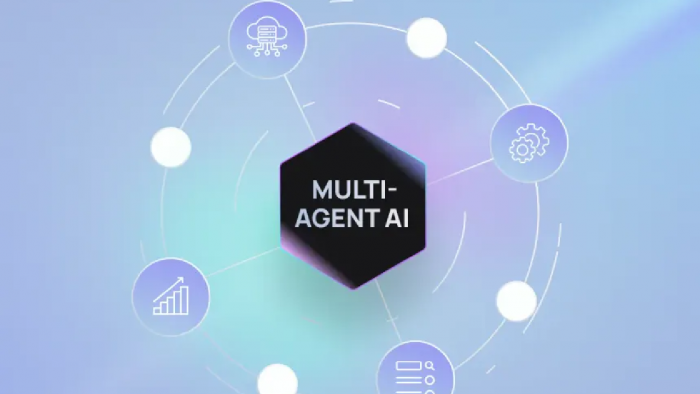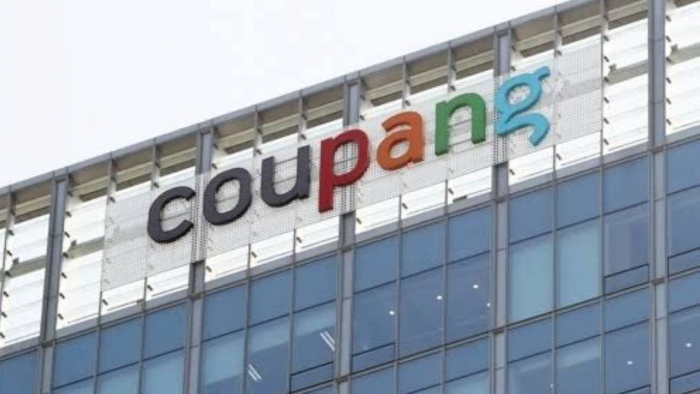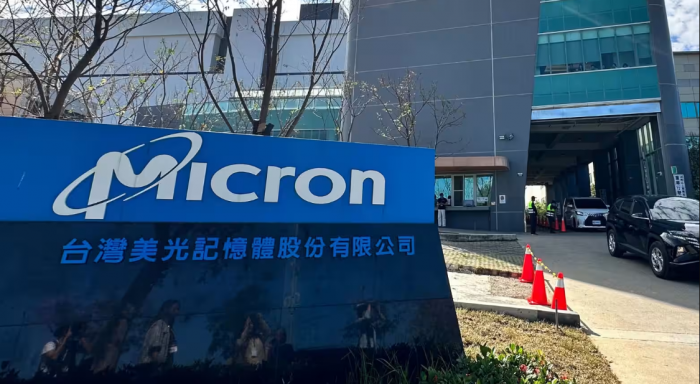Table of Content
What makes a cloud security company truly exceptional? The answer is results you can actually feel. Fewer incidents, faster fixes, and tighter control across every cloud service your team touches.
The five leaders that we will share later on in this article continue to outdo themselves with platform breadth and depth, intelligent automation, and execution. They help teams see actual risk (not just noise), close down attack paths, and run at cloud speed without the added anxiety.
We reviewed the latest product documentation, press releases, and independent coverage to cut through the hype and highlight five companies that consistently deliver on their promises, providing insights into the main features they offer customers now.
The Struggle of Choosing the Right Cloud Security Vendor
Purchasing cloud security isn't as simple as choosing features from a menu. In many ways, it's a bit more like a marriage in which you are gambling on a platform to be part of your journey for years, except this partner is for the safety and security of a significant part of your company data.
Will it work for your multicloud environment? Does it work with the tools you have, or will you need to add more? Can it integrate with your identity, data, and runtime without breaking your established workflows?
While many vendors seem the same on the surface, slight differences in visibility, policy, and automation will become more apparent during the daily grind (once you’ve already signed on the dotted line).
And while the objective of cloud security is straightforward (avoiding security breaches and reducing response time), the challenging part is finding a partner who can achieve this across code, cloud, apps, and people without slowing the business or your team.
Comparison of the Top 5 Cloud Security Companies
Cisco
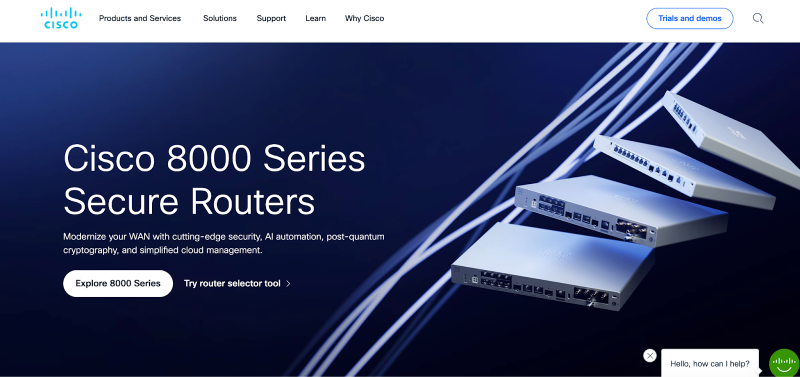
Cisco has been busy in recent years consolidating its cloud security tools into a single platform. The primary focal point is called Cisco Security Cloud, which integrates both identity (Duo) with security access (SASE/SSE), DNS-layer protections, and multicloud network defense in one place.
At the heart of these integrations, Cisco has introduced Multicloud Defense. This singular control plane enables organizations to enforce a consistent set of security policies across AWS, Azure, GCP, Oracle Cloud, and even private cloud deployments. Cisco has also improved its DNS capabilities with new features, including Secure Access and DNS Defense. Additionally, Cisco has developed Security Cloud Control to reduce the number of consoles that security teams need to manage.
Key Features
- Multicloud Defense for consistent security across cloud products
- Secure Access and DNS Defense for safer browsing and applications
- Duo for strong identity protection with phishing-resistant MFA
- A single console (Security Cloud Control) for simplified management
Check Point

Check Point has long been known for its prevention-first security approach, and its cloud model is no different. The company’s Infinity architecture combines network, cloud, and endpoint protections that work together via its ThreatCloud AI.
CloudGuard CNAPP manages cloud workloads across various areas, including posture management and identity controls, runtime, and application security. While many other organizations are compartmentalizing the cloud, Check Point isn’t treating the cloud as a separation.
Policy and threat intelligence are transferred from one system to another, maintaining consistency. At the same time, their Harmony suite provides protection for email and collaboration tools, which is increasingly important with the volume of phishing today. Overall, for teams seeking the best prevention-first platform with solid coverage compared to its competitors, Check Point continues to lead the way.
Key Features
- CloudGuard CNAPP for posture, identity, runtime, and app protection
- ThreatCloud AI to fuel prevention across the whole platform
- Infinity Portal for a single management and automation point
- Harmony Email and Collaboration for solidified phishing and BEC protections
Palo Alto Networks
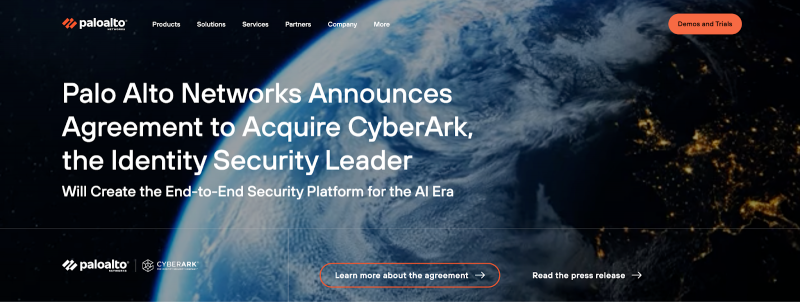
Palo Alto is making it easier for organizations to adopt cloud security by consolidating its capabilities under one umbrella. As Prisma Cloud evolves into Cortex Cloud, it has brought together CNAPP capabilities for cloud detection and response, allowing security teams not only to understand risks but also, with AI-driven remediation, to take quick action with built-in automation.
As for connectivity, Prisma SASE/Access delivers Zero Trust access for users and apps, and Palo Alto is also layering secure browsing and identity-aware policies. The power really lies in all of this being threaded back to the common Cortex ecosystem, providing security operations teams with real-time visibility and automated response without needing to jump between tools.
Key Features
- Cortex Cloud for CNAPP plus detection and response in one platform
- Prisma SASE/Access for Zero Trust connectivity and security at scale
- Tightly integrated with Palo Alto’s broader ecosystem (XDR, firewalls, identity)
Wiz
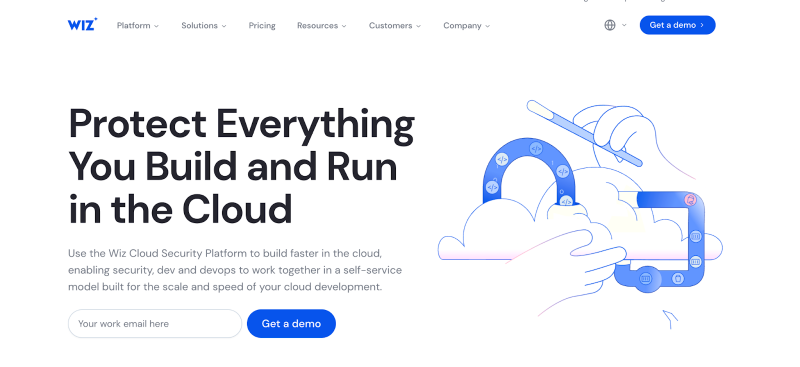
Wiz has established itself as a leader in simplifying cloud security and securing workloads in the cloud. Rather than sending tons of alerts, Wiz displays misconfigurations, vulnerabilities, identities, and sensitive data in a security graph. This means users know which risks to prioritize, and can start to mitigate the most significant issues first.
Wiz has also added running protection (with its Wiz Sensor) and data security posture management (DSPM) capabilities to keep track of sensitive data across clouds. A significant milestone has also been announced, with Google acquiring Wiz in a $32 billion deal. However, the plan is to maintain a multicloud approach while strengthening ties with Google Cloud. With industry analysts consistently ranking Wiz as a leader, it’s clear this company is still on a rocket ship trajectory.
Key Features
- Agentless discovery and risk ranking with a security graph
- Agentless runtime protection with Wiz Sensor against active threats.
- DSPM to track and secure sensitive data across environments.
Cloudflare
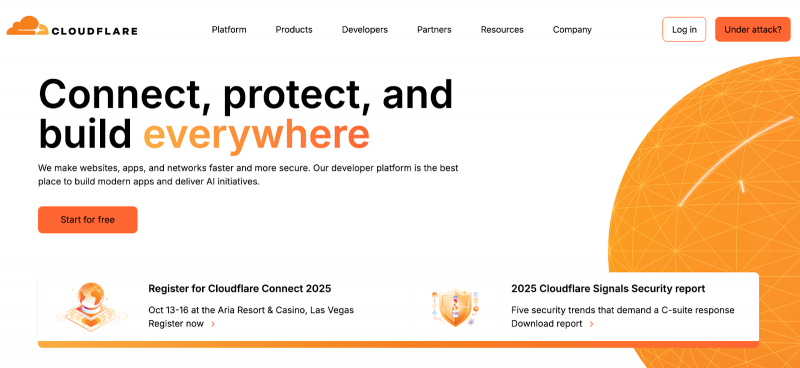
Cloudflare is best known for its global network, which excels in both speed and scale, but it has also entered the conversation as a significant player in cloud security. The Cloudflare One suite is a comprehensive Zero Trust/SSE offering that includes access controls, a secure web gateway, CASB, remote browser isolation, DLP, and email security.
For application security, Cloudflare provides WAF, bot management, API protection, and always-on DDoS protection, running on its vast global edge network. Most recently, Cloudflare has begun to leverage post-quantum cryptography to future-proof its Zero Trust services and announced new CASB integrations for applications such as GenAI.
Key Features
- Cloudflare One for Zero Trust and SSE services from a single platform
- Application security, WAF, bot mitigation, API protection
- Post quantum Zero Trust and rapid CASB integration, including GenAI tools
| Company | Best Known For | Standout Feature |
| Cisco | Enterprise network and identity security | Multicloud Defense for consistent policies across AWS, Azure, GCP, and more |
| Check Point | Prevention-first, unified security | CloudGuard CNAPP covering posture, identity, runtime, and app security |
| Palo Alto Networks | End-to-end “code to cloud” coverage | Cortex Cloud combines CNAPP and cloud detection/response with AI remediation |
| Wiz | Agentless visibility and clear risk prioritization | Security Graph that links misconfigs, vulnerabilities, identities, and data |
| Cloudflare | Global edge network for speed and scale | Cloudflare One Zero Trust platform with built-in performance and DDoS defense |
Criteria to Select Your Cloud Security Partner
When it comes to selecting a cloud security partner, there are a few essentials you shouldn’t compromise on. The best partners secure your business and help it operate without disruptions; look for:
- Comprehensive coverage: CNAPP, Zero Trust, and Data Protection covered from one platform
- Support for multi-cloud: Policies consistent across AWS, Azure, and GCP
- Identity aware security: Strong MFA, trust for devices, and controls for sessions
- Runtime protection: It detects and stops live threats vs only misconfigured items
- Simplicity: Single console, and easy ways to incorporate what your teams are already doing.
The right partner should make your work easier and not harder. Remember to consider the long-term fit, not just immediate functionality.
Post Comment
Be the first to post comment!
